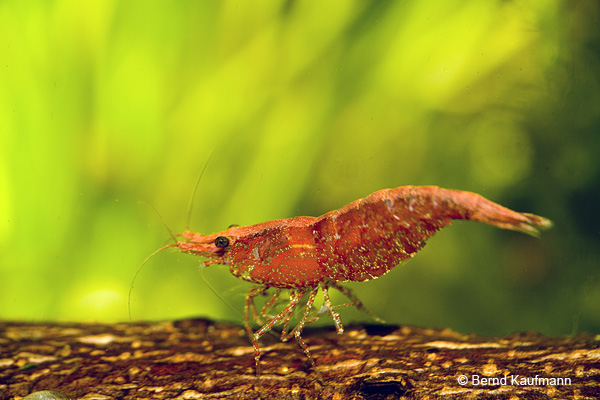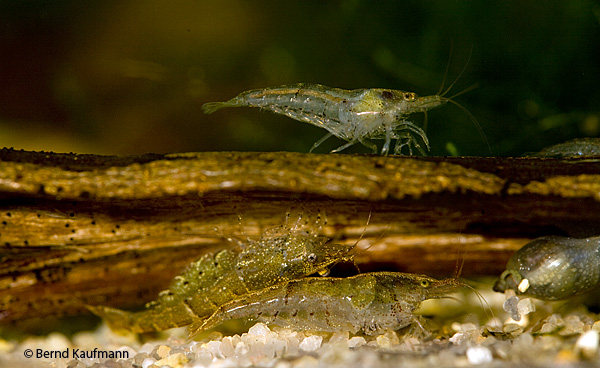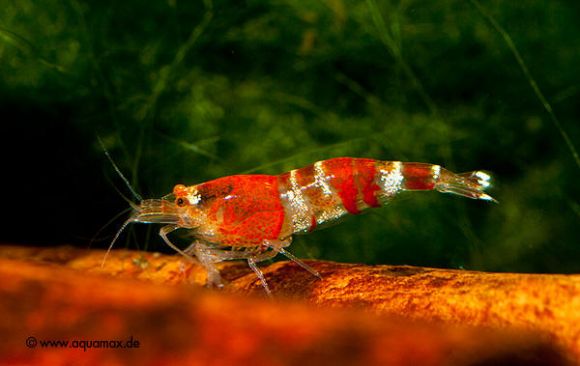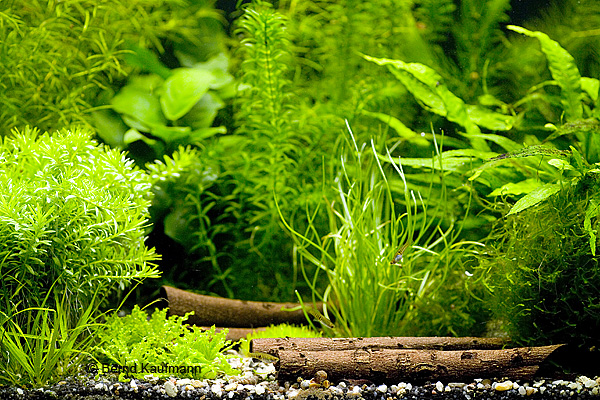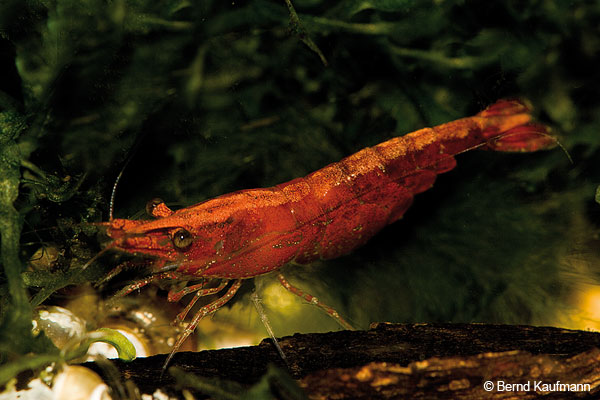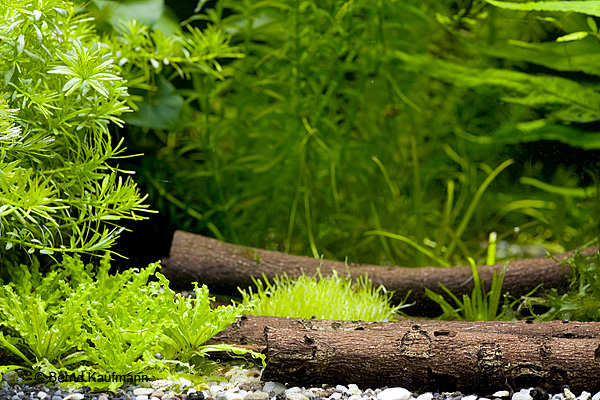Interesting facts about our almond tree bark
The leaves, fruit and bark of Terminalia catappa are traditionally used in natural medicines in Asian countries. After the very successful use of the leaves, it was obvious to also test the almond tree bark for its suitability in aquariums.
No trees are damaged when collecting the bark pieces.
The first tests very quickly demonstrated that the expected effect was achieved much faster and more intensive than with leaves. A great advantage was quickly demonstrated: The bark pieces are relatively heavy and usually sink after a short time.
Characteristics
Tropical Almond Bark aquamax is a purely natural product. The mild tannins have an astringent effect and can prevent bacteria and fungus intrusion into the mucosa of fish.
The low (acescent) pH-value in many soft tropical waters does not result from greater quantities of carbon dioxide (CO₂) but rather from humin and tannic acid. It is a fact that these waters have an outstandingly low germ concentration. For some fish, these substances are even a condition for successful reproduction.
Compared with leaves, alder cones and peat, the tropical almond bark also has some additional positive properties:
- fast effect (for treatment of bacterial infections)
- intensive effect therefore requiring low quantities
- decorative, natural appearance
- rots extremely slowly, if at all (comparable with bogwood)
- offers prawns, small snails and fish protection and opportunities to hide
Due to the tannic acid it contains, it can also inhibit the development of blue-green algae. It is necessary to investigate further whether a certain reduction in already existing, widespread blue-green algae (cyanobacteria) can be achieved. The decisive factor is that effectively combatting blue-green algae also involves elimination of the causes. We consider it important to state that tropical almond bark is of course not an anti-algae agent in the classical sense, because blue-green algae are not “real” algae but cyanobacteria.
A frequently asked question:
Does the anti-bacterial effect of the tannins in tropical almond leaves and bark not also harm the development of benevolent bacteria such as nitrosomonas and nitrobacters?
The answer:
No. Practically all benevolent, desirable bacteria live within biofilms made of polysaccharides, which they produce themselves. These biofilms protect the bacteria living in them against negative chemical influences, for example. For the same reason, the nitrifying bacteria even frequently survive the otherwise fatal effect of the toxins in medicines in well run-in filters.
Harmful, potentially pathogenic bacteria which are not yet organised (and protected) in biofilms are demonstrably inhibited by the tannins.
*Use of photographs with the kind permission of Bernd Kaufmann (aquamax.de), who owns the copyright. Copies and use on other websites only with permission.*
